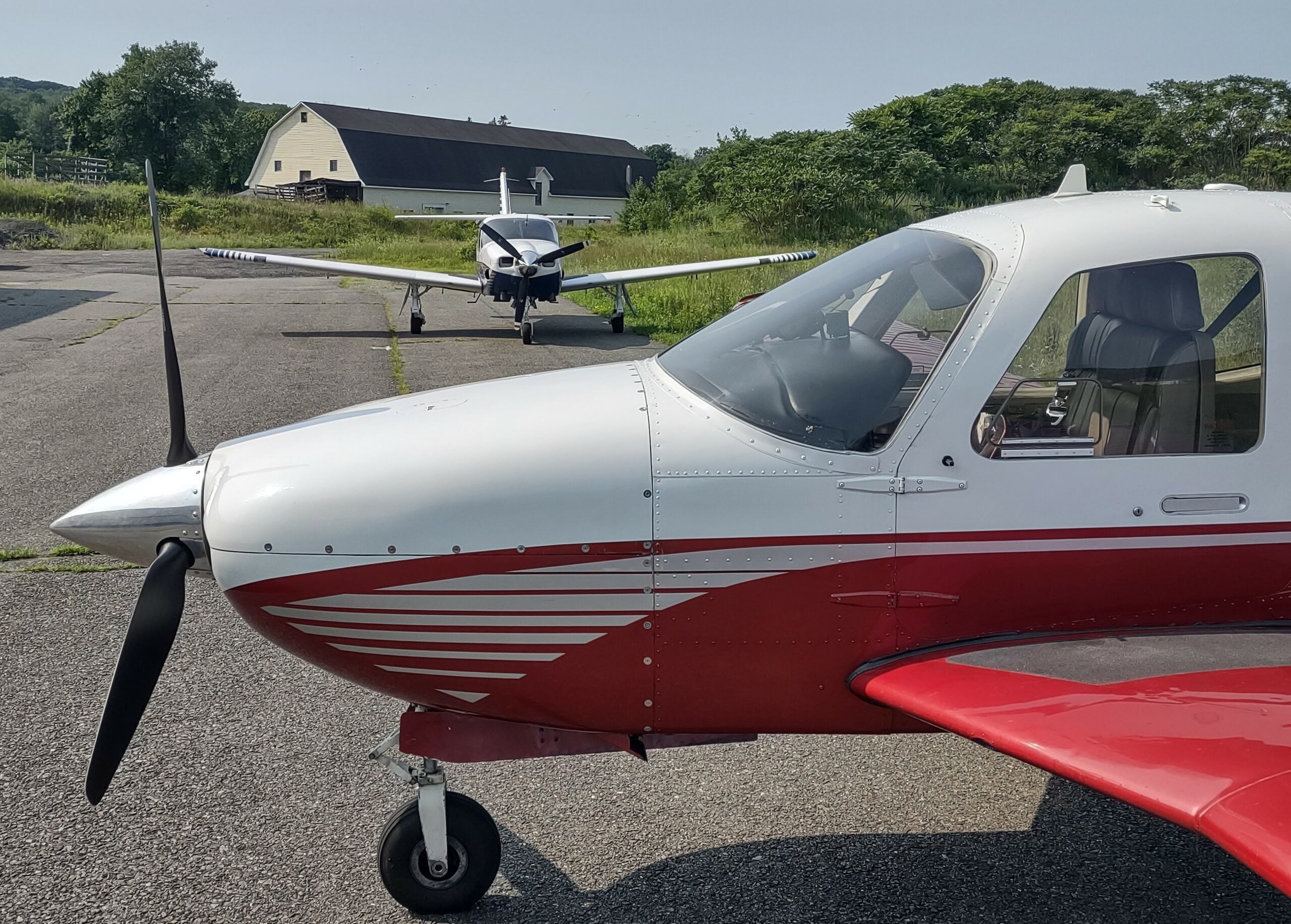Owning an “orphan” aircraft—one with no factory or corporate entity for support—can be challenging. Even before sealing the deal on our Commander 114B, my wife and I found out that rare models, out of production for years, can make lenders and insurance companies skittish.
The first bank we worked with while shopping for an aircraft and looking at a number of better-known, factory-supported models, told us the Commander’s orphan status was a deal-breaker. Others balked because they felt the airplane was overpriced. Some insurers expressed similar reservations. We named her Annie because of the “orphan” theme.
I assured the banks and insurance companies that Commanders, like many discontinued aircraft, have a strong support network of owners, mechanics, and parts suppliers dedicated to keeping them in the air. In return, I sensed a distinct lack of confidence in this brand of community activism. Fans of oddball airplanes know that communities are essential.
An example of this arose last week while I was preflighting Annie and heard the resolute chug of a Lycoming approaching. I looked up to see another Commander on the taxiway, headed toward my instructor’s hangar. This was a surprise because the model is a rare sight, with production totaling fewer than 1,500 aircraft.

There is, however, what you could call a cluster of Commanders in northern New Jersey. Someone might argue that “handful” more accurately reflects the true number, but really any gathering of two or more is a big deal. The owner of the one I spotted had flown the 22 nm from Blairstown, New Jersey (1N7), to Sussex (KFWN) for a flight review. I taxied immediately to meet him, figuring I could photograph Annie, the visiting Commander, and my instructor’s machine, in which I received my high-performance and complex endorsements. Three Commander 114s in one place is an occasion worth recording.
Unfortunately, one of my instructor’s partners had flown his 1976 model to North Carolina’s Outer Banks for the week, so I had to settle for a picture of two instead of three. Still, the meeting was more than worthwhile. The other pilot alerted me to regional fly-in gatherings of Commander owners that come up regularly. My instructor, who recently had to replace a failing landing gear power pack on his airplane, talked about the pros and cons of rebuilt and factory-new parts.
We discussed the differences between their Commanders, built by Rockwell in the 1970s, and my “second generation” 1992 model from Commander Aircraft Co. My airplane has a redesigned engine cowling and other aerodynamic modifications that give it extra speed. This is a valuable upgrade because earlier Commanders had the reputation of being “slow.” The 1990s models are also known for their paint schemes. The visiting airplane’s previous owner had it repainted in a design similar to Annie’s, which looked sharp.
We compared notes on panel upgrades, useful load, finding the best power settings, and more. I still have to find out how the other owner gets his airplane down to 10 gallons per hour in cruise when Annie’s limit seems to be 14. I suspect he is flying at a significantly lower power setting and in no rush to get anywhere. Or perhaps he is a master of lean mixtures. Either way, the discussion sent me back to my POH for review to see what I might be missing.
By the time we headed out on our separate missions, I had gathered a bit more information about my airplane that is not in the manual. I also got the names of two more nearby Commander owners and their home airports. My community is growing.
